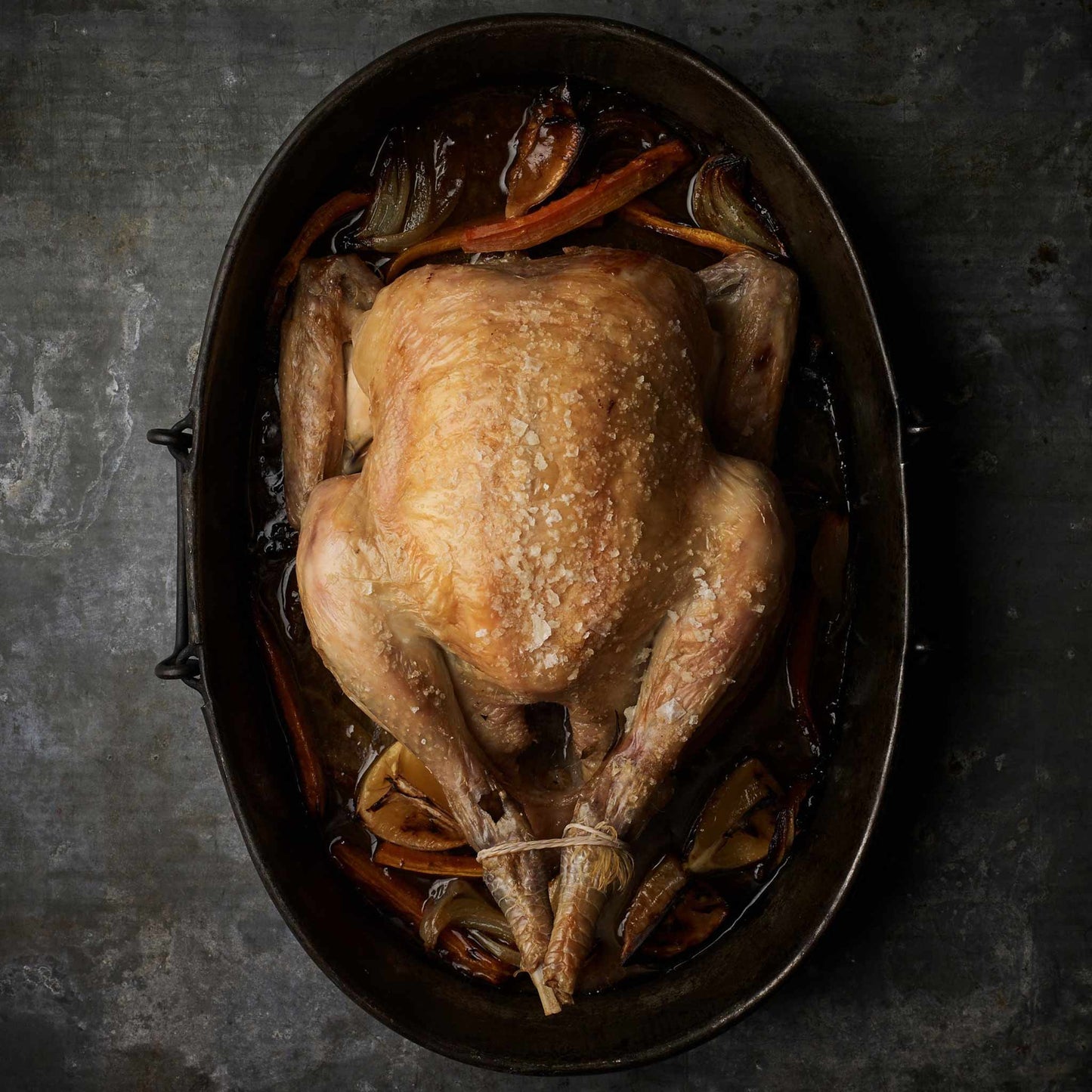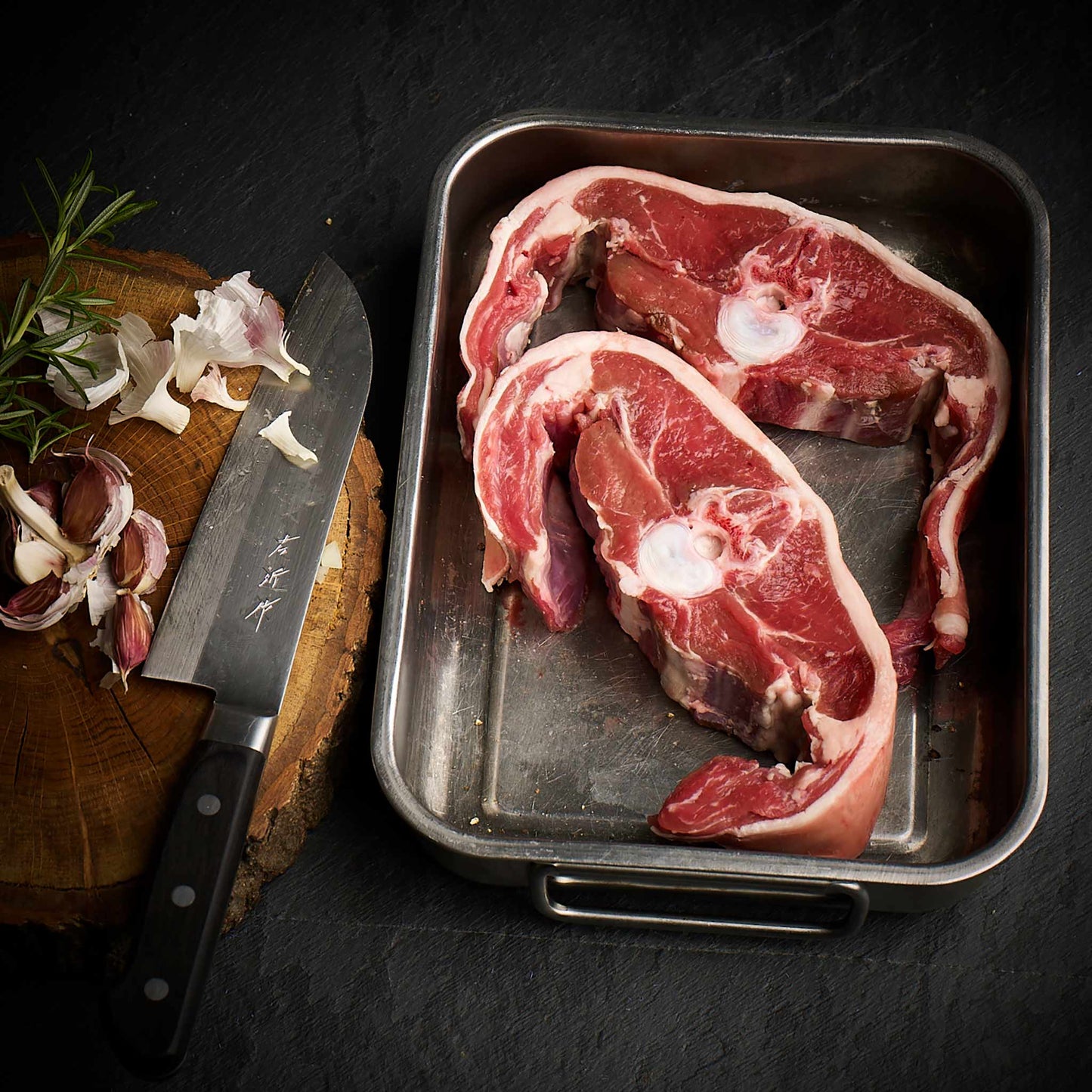We source our chicken from one farm in Leicestershire. The farm is Pasture for Life certified and rears truly free range, outdoor birds.

In part 1 we considered how modern lighting is tricking our bodies into a permanent summer, in this part we will consider how the seasonal availability of foods plays into this matter.
How did humans conquer the world?
Humans are very very adaptable, we have evolved to live on every continent bar Antarctica in many different climates
The Köppen climate classification is one of the most widely used systems of climate zones. Originally developed by the climatologist Wladimir Köppen in 1884, it has had several revisions and changes over the years but has remained in use by scientists all over the world.
The Köppen system divides climates into five groups based on rainfall and temperature:
Tropical climates (A)
Dry climates (B)
Temperate climates (C)
Continental climates (D)
Polar climates (E)
We then subdivide these groups, first based on their seasonal precipitation and then by temperature.
For example, we classify much of the UK under the Cfb category. This means we have a temperate climate (C), with no dry season (f) and a warm summer (b).
Every climatic zone will offer us a different combination of potential foodstuffs which are compromised of different ratios of macronutrients and away from the equator these come with the added complexity of seasonal availability.
In Northern Europe for example, we have a summer season of fruits and berries, but otherwise native vegetables are scarce.
What was available?
Agriculture started roughly 6,000 years ago in the UK, prior to that it's hard to think of any truly native vegetables.
Pre agriculture we would have had available seaweed, interestingly all of which is edible from the waters around the UK. we would have had samphire and some fungi. Otherwise, the closest we have would be things like sorrel, carrots and parsnips, which are all descended from native wild plants but selectively bred to be what we recognise today.
So almost every vegetable in the typical British kitchen is either imported or the descendant of something imported. So what did people eat before invasions, importing and cross-breeding brought us to the bountiful supermarket shelves of today? Well, the answer is largely meat.
Meats were always available, be it land or sea-based, our far-away ancestors were likely to have been eating proportionately a lot more protein and fats than the majority of people consume today but there’s another difference, they would have only had access to sugars for a brief period of the year.
How did we survive?
Humans are very good at storing excess calories and when times were hard and food was scarce the fat survived, this has had an unfortunate hangover for our modern time of plenty, the ancestors who passed on the most genetic information were probably the ones who most easily got fat, you can thank your great, great, great, great, great, well, you get the idea.
Before humans worked out how to grow, preserve, store and save foods they ate what was there and in latitudes such as ours at 51.5 degrees north, this means we get seasons and that means sugars were only available for a small part of the year as not much native fruit and veg grew in the UK from late autumn to late spring.
Summer is a time of plenty, the trees are laden with sweet fruits and berries can be found, starchy roots and tubers can be dug up and our ancestors would have gorged! Remember, the fat survived the potentially long hard winter.
I’m sure we’ve all realised that it’s a lot easier to overeat sugary foods than fatty ones without the sugar, think about how much easier it would be to finish a tub of ice cream than a stick of butter in front of Netflix one evening and the point is made.
Our appetite is also controlled to some degree by the hormones leptin and ghrelin. Ghrelin increases appetite and leptin suppresses it, the crazy evolutionary twist is that consumption of fructose or fruit sugars creates leptin resistance, in other words, if a lot of fruit is eaten the signalling mechanism to slow down and stop eating is disrupted and many scientists believe this was a key evolutionary adaptation as for our ancestors.
When we consume sugars, or more accurately carbohydrates, our body reacts to the increased glucose in our blood by secreting the hormone insulin. Insulin helps to reduce the rising levels of glucose in the blood by bringing it into the cells where it can be used to produce energy. When we’re in a state that is sensitive to insulin this feedback mechanism means that just the right amount of insulin is produced to ship off the blood sugar and bring levels down to where they should be, however, like many things, overstimulation leads to problems.
When this insulin mechanism is continuously stimulated it leads to what is referred to as insulin resistance, this is a state whereby excess sugars are more quickly sent to the fat cells for storage after the muscles are full up. Insulin’s immediate purpose is dispersal but in evolutionary terms, it is also survival, survival of the fattest.
Our early human predecessors in northern Europe would have only had access to sugary fruits for a relatively short period of time each year, notably summer and in the summer the days are long meaning they would have also experienced less sleep and importantly, high levels of the stress hormone cortisol.
Cortisol is our awake hormone and it’s affected by light, particularly ‘blue’ or daylight-coloured light (see part 1 for how this links together). In summer we’re subjected to much longer hours of daylight meaning our bodies will produce more cortisol, cortisol has an inverse relation to insulin sensitivity, in other words, the more ‘stressed’ you are the more you can and want to eat and the more likely you are to store that as fat.
Before our times of plenty, this condition known as summer produces the perfect combination for humans to get fat, a rare abundance of sugars and long daylight hours to keep cortisol levels high meaning insulin sensitivity is low.
Fat is first stored around the vital organs, the kidney, heart, lungs and digestive system all get layered up well before you’ll see anything on the belly. After the organs are protected the familiar fat storage areas of the belly and torso are next to receive which gives a layer of insulation from the coming cold months, it's important to remember, these are all evolutionary advantages, stored fat is essentially our body’s rechargeable battery.
The shift from carb burning to fat burning
In winter the opposite situation occurs. At our latitudes and beyond, early humans would have had very limited access to anything carbohydrate based in the winter months, especially compared to summer so those who charged the batteries by getting fat in the summer would have fuel and the body switches into a fat-burning mode called ketosis.
In basic terms, there are two fuels for the body, glucose which is the end result of metabolising all carbohydrates and ketones which are the fuel created after we break down fats and oil. Since glucose is the body’s preferred fuel, as it’s easier to use when both are eaten glucose is used first, when no carbohydrates are present in the diet we are in ketosis which is simply a metabolic state that occurs when your body burns fat for energy instead of glucose. It’s very likely that in the winter months our predecessors would have been in ketosis and over time this re-sets our sensitivity to insulin as very little is required.
The foods available in the winter would be fatty meats from ruminant animals interspersed no doubt with periods of fasting when none was available. As talked about in Part 1 we would have also spent a lot more time sleeping throughout the long winter nights and cortisol production would be low, in essence, we would be hibernating.
So how does this relate to modern life?
In short, we have created for ourselves a permanent summer. We use artificial lights, the effects of which are well covered in Part1, we live stressful lives with constantly elevated levels of cortisol and we have year-round access to whatever foods we desire which evolution has told us are sweet sugary fruits and modern foods which hit the same reward centres of the brain. Our bodies are in constant storage mode for a winter that never comes.
In Part 1 we focussed on how we can take some steps to negate the negative effects of light and lack of sleep on our bodies but how can we help ourselves to slow down the signalling messages for fat storage from an eating perspective? The answer is frighteningly simple, eat seasonal food and consider periods of ketosis and perhaps even fasting in the winter.
Focus your diet on fatty meats, full-fat dairy and whatever low-carbohydrate vegetables you like and if you’re trying to keep the waistline in shape, avoid tropical fruits, processed foods with added sugar and anything else that your ancestors a thousand years ago would not have had access to because the truth is the world has changed far more than your biology in that time.



